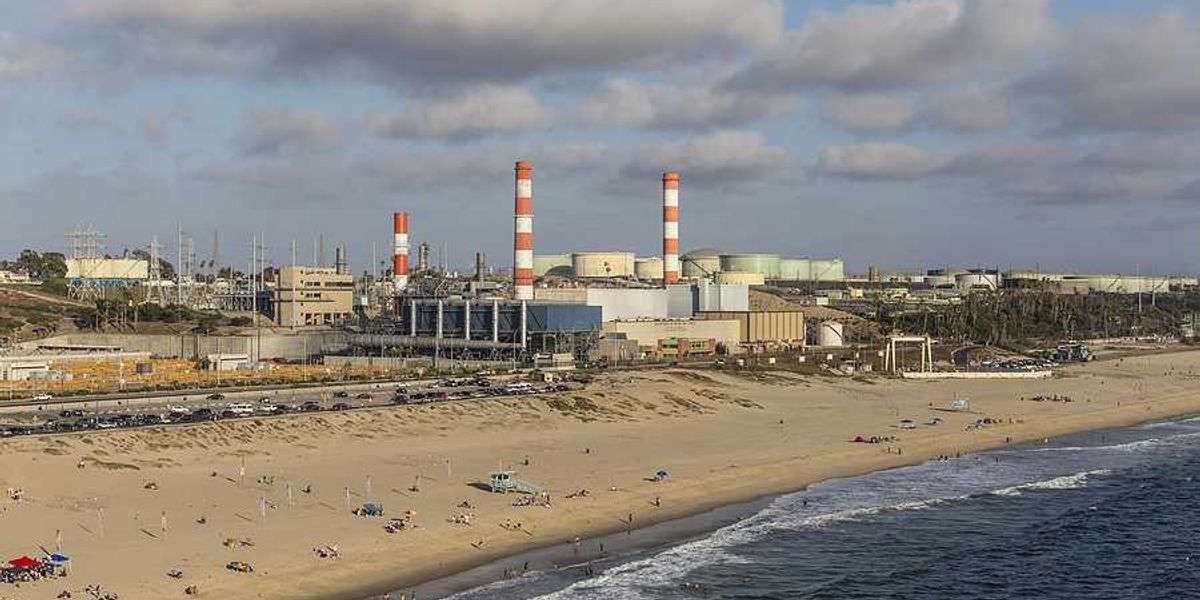Chemicals industry faces long road to ditch fossil fuels despite clean tech gains
Europe opened the first commercial e-methanol plant last month, but the $3.5 trillion global chemicals industry remains deeply tied to fossil fuels and lags in climate targets.
Catherine Early and Terry Slavin report for Reuters.
In short:
- The chemicals industry emits 5–6% of global greenhouse gases and could overtake steel and cement if emissions double by 2050 as projected.
- New technologies like green hydrogen, e-methanol, and electric steam cracking offer paths to decarbonization, but scaling remains costly and slow.
- Only two of the world’s top eight chemical companies have credible carbon neutrality plans, despite growing consumer demand for sustainable products.
Key quote:
“There’s no silver bullet for chemicals – we need a myriad of solutions to effectively reduce emissions from the sector.”
— Brianne Cangelose, manager in climate-aligned industries, Rocky Mountain Institute
Why this matters:
Chemicals are embedded in nearly everything people use — from medical supplies to packaging, fertilizers to fabrics. But the sector’s carbon footprint is outsized and growing, with heavy dependence on fossil fuels for both energy and feedstocks. Unlike other industries that can electrify easily, chemical production requires complex heat and hydrogen processes. Clean alternatives like green hydrogen and e-cracking are promising but remain expensive, especially as renewable energy funding shrinks in the U.S. under the Trump administration.
European producers also face steep energy costs and tighter green regulations, risking job losses and plant closures. With emissions projected to double by mid-century, failure to transform this sector will undermine global climate efforts — and expose the public to continued air, water, and soil pollution from outdated production methods.
Learn more: New modular tech could remake chemical manufacturing using clean electricity













